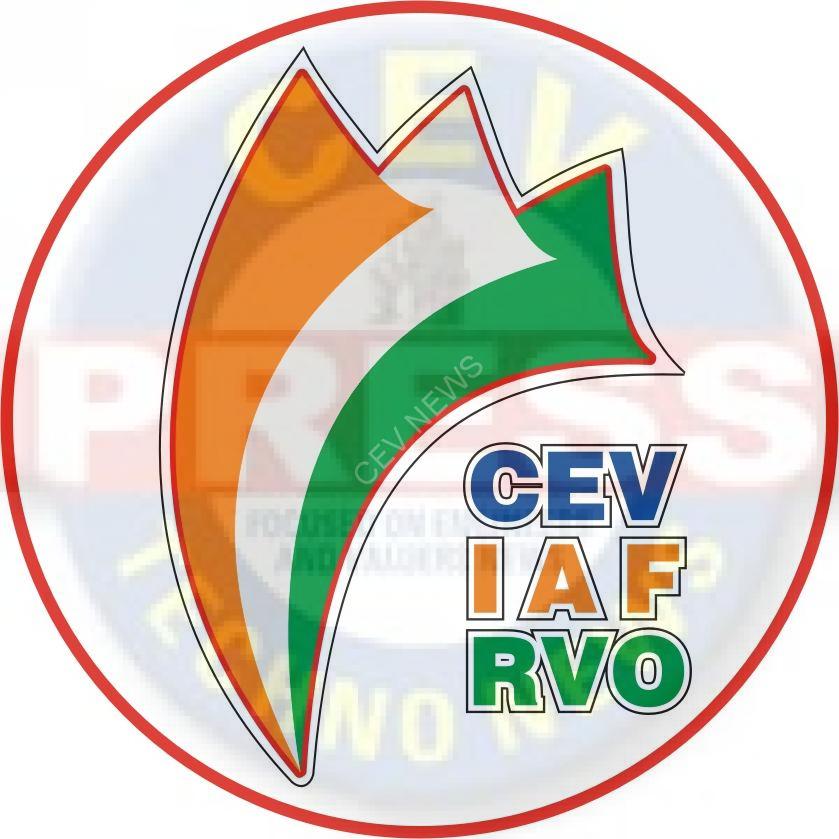Service Legal Agreement (SLA)
SLA defines the level of service you expect from a vendor, laying out the metrics by which service is measured, as well as remedies or penalties should agreed on service levels not be achieved
It is a critical component of any technology vendor contract
Beyond listing expectations of service type and quality, an SLA provides remedies when requirements aren’t met
Types of SLA
1) Service based
2) Customer based
3) Multi level or Hierarchical
Key components of SLA
1) Nature of service –
detailed description of all services offered by provider to the business
2) Key Performance Indicators (KPI) –
Turn around time, first contact resolution, closure rate, number of cases handled
3) Risk management –
Risks to individual processes & risk ownership
4) Disaster Recovery –
each party is liable for and cost involved towards each of such situations
5) Exclusions –
Both parties must agree on all the exclusions ie exclusion of services, geographies, days time, environmental conditions etc
6) Penalties –
Important clause and the most common cause of conflict
7) Reporting –
Clearly mention the types of reports & frequency of submissions of each of these reports, cost of additional reporting if any
Basis of SLA preparation
1) prevailing industry standards
2) Clients generic expectations
3) Internal capabilities
4) Competition
5) Pricing
Typical Flow of events of SLA
1) the service provider sends draft SLA to client
2) the client reviews the KPI, terms & conditions, deliverables, penalty clauses etc
3) the client makes the required changes and sends it back
4) Service provider reviews the revised terms, makes appropriate recommendations & proposes a change in pricing if any
5) the client reviews the revised terms & pricing if any, this process continues until both parties come to a common agreement
6) thereafter, both parties send the draft copy to their legal terms for approval
7) Upon approval from legal terms, both parties sign the SLA
This service may vary based on the industry and business

SLA time
SLA response times usually refer to how quickly you will respond to a technical issue raised via phone, email or other methods
When agreeing suitable response times, it is important to clearly define working hours and ensure clients know that only these working hours are included in response time
Optimal Service Level
It is defined as a service level (delivered by certain number of servers) for which total cost of the service is minimum
SLA in call centre
Answering 75% of calls within 20 seconds
SLA priorities
1) priority 1 (P1) –
A complete business down situation, the client is unable to operate
2) priority 2 (P2) –
A major component of the clients ability to operate is affected
3) priority 3 (P3) –
The clients core business is unaffected but the issue is affecting efficient operation by one or more people

Advantages of SLA
1) create close working relationship between service provider and vendor
2) ensure a level of quality
3) guarantee service improvements
4) providing service solutions at an affordable cost to meet market needs
5) determine, document, coordinate, track, measure, write reports and analyze level of services
6) to control client and increase the satisfaction due to quality services provided
7) desired and agreed level of service
8) a tool to prevent future conflicts
Disadvantages of SLA
1) SLA can create unrealistic expectations
2) SLA can be overly rigid
3) SLA can damage upfitter relationship
4) formulating an SLA requires additional time and expenses
5) difficult to monitor
6) SLA may have unintended consequences
7) lack of knowledge may create flawed agreement
8) SLA makes the relationship transactional
9) SLA doesn’t work for all relationships
10) SLA may be counter-productive

Purpose of SLA
1) it is the first significant agreement on direction between the two teams
2) it is a legal agreement between service provider and vendor
3) it should demonstrate to the vendor what is importance of service provider
4) it will demonstrate what you want the vendor to focus on by defining initial performance standards
5) it will be a tool to measure the success of vendor

SLA penalty
These are disciplinary measures, sometimes monetary, sometimes service related, that exist not to save money or damage the service provider, but to make the terms of contract are maintained
1) Financial penalties –
With these, the vendor will be required to pay back to the customer the amount of damages that was agreed upon in the contract
This may not amount to a full reimbursement of the service fee paid by the customer for the job
2) Service credits –
With these, the vendor will reimburse the customer for the cost of the work that was done or offer credit for future work to be done
In either event, actually funds are not being transferred
3) License extension or support –
With these, the vendor will be required to extend the license’s term or offer further support to the customer without charge, which may include development and maintenance
Compiled by
Vr Avinash kulkarni

Chartered Engineer
Govt Regd Valuer
IBBI Regd Valuer

SERVICE LEGAL AGREEMENT (SLA)


